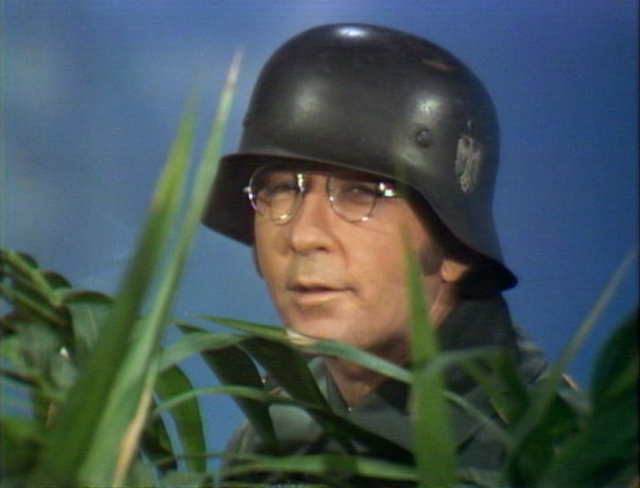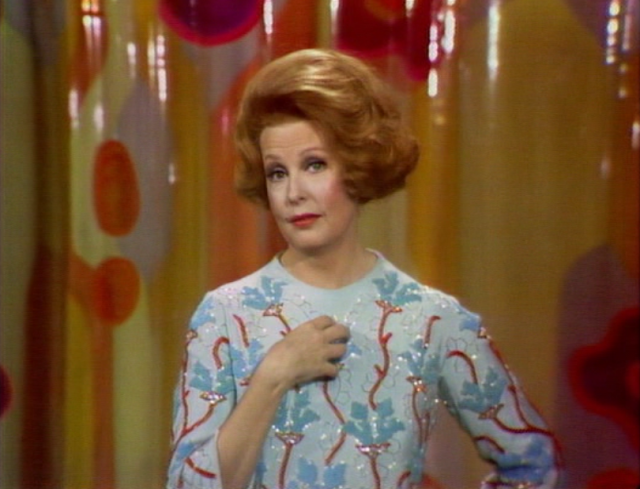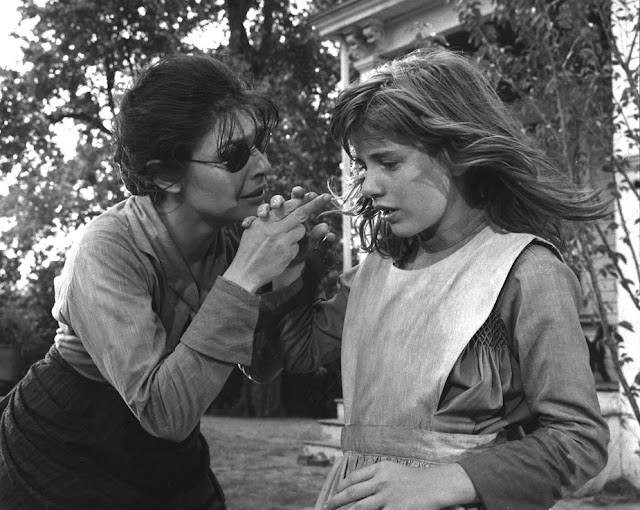In 2018 I will embrace my Cinema Shame! What exactly is Cinema Shame you ask? It's the regret you feel for not having watched that big movie everyone has seen, or the one that's won all the awards or that film you meant to get to but haven't... for years. There are numerous shades of cinema shame. I used to hide behind it but now I relish it for the new experiences it opens up.
The official Cinema Shame website and podcast called out for cinephiles to list their shame statements for 2018. These are the films we plan to take on this year. Having watched all the Rocky movies last year for the very first time, I’m ready to tackle some more. (I discussed the Rocky films on the Cinema Shame podcast. Listen to part one and part two and let me know what you think!)
A few years ago I made a list of big movies I hadn’t seen and planned to see that year. I failed miserably and watched none of them. That’s even more shameful that not having seen those films in the first place. I plan to correct that this year. This is a Cinema Shame list I shall conquer!
Instead of picking a random smattering of titles I haven’t gotten to yet, I decided to be a bit more methodical with creating my list. I picked 8 movies from 8 different sources of Cinema Shame.
A movie featuring my favorite actor – The Grass is Greener (1960)
I’ve seen a lot of Robert Mitchum movies but he had such long and varied career that I feel like I’ve only hit the tip of the iceberg. The Grass is Greener is one of the few comedies he made and I still can’t believe I haven’t seen it. In addition to Mitchum it stars Cary Grant, Deborah Kerr and Jean Simmons, all actors I enjoy watching on screen. I need to get my hands on this movie STAT.
(Watched and reviewed)
A movie featuring my favorite actress – Assignment in Brittany (1943)
I’m almost done with the full list of Susan Peters’ feature films except for one glaring exception: Assignment in Brittany (1943)! What’s holding me back? I spoke to former child actor Darryl Hickman about this very film a couple of years ago and still haven’t seen it. Shame! It’s time to find a bootleg copy and get watching.
A movie on the AFI Top 100 list (and one my husband keeps bugging me to watch with him) – 2001: A Space Odyssey (1968)
I’m not quite ready to tackle Star Wars yet (probably my biggest Cinema Shame) but I thought I’d add another major science fiction movie to the mix. Stanley Kubrick’s masterpiece has escaped me for years possibly because I don’t tend to gravitate to Sci Fi. But this year I plan to keep an open mind and watch this one for the first time.
A rarity I own but have never watched – The Wild Party (1929)
I have a nice little collection of rareities and among them is a bootleg copy of The Wild Party. It’s Clara Bow’s talkie debut and one that I’ve had my eye on. I own it, why not watch it? I need to dust off my burned disc and pop it into the player like yesterday.
A movie on FilmStruck – Le Samourai (1967)
I’m not too familiar with Jean-Pierre Melville’s work and I haven’t seen many Alain Delon movies. I love French films and this one sounds right up my alley. So why haven’t I seen this yet? I need to get on it before I have to return my film buff card for a cone of shame
(Watched and reviewed)
.
A movie I missed at the TCM Film Festival – Fiddler on the Roof (1971)
I was saving my very first viewing of this movie for the 2014 TCM Film Festival. Director Norman Jewison was in attendance for a Q&A. Unfortunately I got sick and couldn’t make it to that screening. This is an uber classic that I’ve been reluctant to admit I haven’t seen yet. There is no time like the present to fix this.
(Watched and reviewed)
A movie from the Warner Archive – Get Carter (1971)
The very first movie I added to my watchlist when I subscribed to Warner Archive Instant was Get Carter (1971) and then I proceeded to not watch it even though I really wanted to. Film watching is funny that way. Sometimes we’re overwhelmed with choices that even a good one staring us right in the face gets looked over.
A movie that’s been languishing on my DVD Netflix queue – The Wild Bunch (1969)
In fact this was on that original shame list from a few years back that I never got to. It’s been sitting in the middle of the 300+ (almost 400) DVD Netflix Queue for years. Time to bump it up to the top!
(Watched and reviewed)
What's on your Cinema Shame list for 2018? Tell me in the comment section below!
 |
| How I'll feel after tackling this list. |
Many thanks to Jay Patrick of the Cinema Shame website and podcast for the prompt!




















































